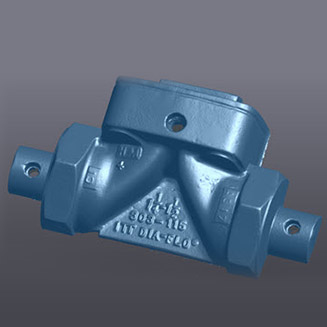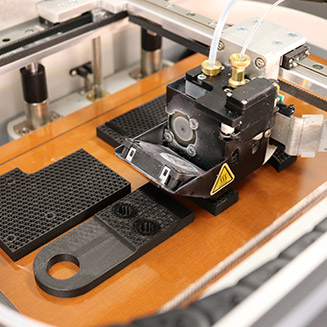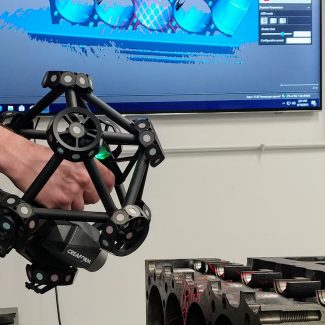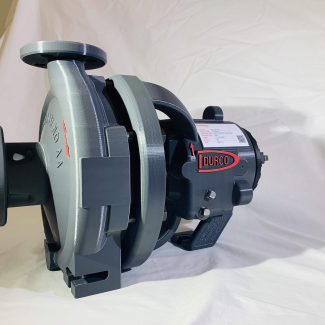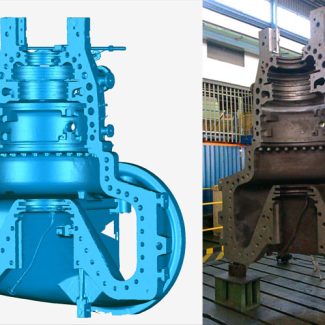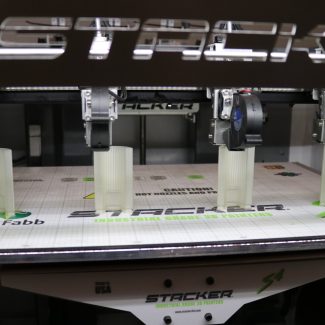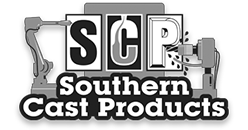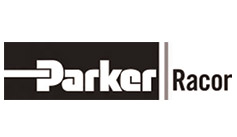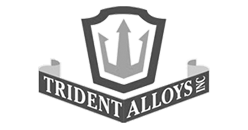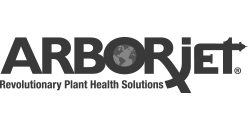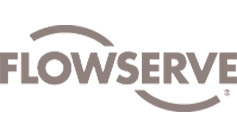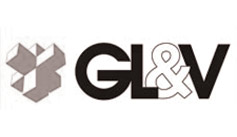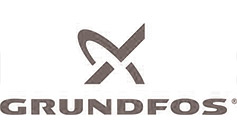Industries that Use 3D Scanning
3D scanning technology has transformed the way we approach design and manufacturing. Its processes have gone beyond traditional manufacturing methods, offering new possibilities for production and design. Different industries have also taken on the fruits of 3D scanning and have started relying on it to carry out their usual tasks.
Here’s a look at the different industries that have taken up 3D scanning and how each one has benefitted from its technology:
Manufacturing
3D scanning has become a vital asset for manufacturing industries where exact measurements of products are crucial. These scanners’ precise and accurate readings ensure that whatever is made meets the specifications and standards of its design. They also reduce the risk of damaging delicate and complex parts during the scan since this technology enables no-contact inspection through laser scanning.
It also offers reverse engineering techniques that allow people to deconstruct and analyze existing products in parts. Manufacturers can even use this feature to learn about their competitors’ products.
Healthcare
The use of 3D scanning technology in the medical industry has brought significant advancements to treatments and diagnosis. They can be used to capture patients’ anatomy to construct custom-fit medical prosthetics. Personalized prosthetics are especially beneficial to improve the fit and mobility of patients with unique needs.
3D scanning has also been useful in the field of bio printing. These scans can map out the structure of biological tissues, directly aiding the creation of custom-tailored tissues and organs. This technology has made a significant step in transplant surgery and tissue engineering.
Architecture and Construction
3D has also made itself a vital tool in the architectural industry, improving the efficiency of building design and construction. With its precise measurements and detailed images of buildings, 3D scans are vital for structural analysis and renovation projects.
The precision in data also allows architects to identify structural issues to ensure that further restorations and renovations are safe. This feature can be especially beneficial when restoring historical structures, where traditional inspections might be invasive or limited.
Aerospace
The aerospace industry is the most demanding regarding quality assurance and accuracy. Engineers can collect detailed data on aircraft structures through these scanners and identify potential flaws. The data also serves as a digital prototype, allowing design refinement and iteration opportunities.
Moreover, these scanners also aid in component maintenance and repair without having to remove them from the structure entirely. It helps with tasks like damage analysis and restoration of the aircraft.
Entertainment and Media
The entertainment industry has made use of 3D scanning mainly for creating realistic visual effects and animations. By scanning the facial features of actors and real objects, developers can use the data as a reference for design and animations. They create fictional characters and props, adding to an immersive experience.
Even in the gaming industry, people use this technology to add an extra layer of realism to their games. They can scan actual environments to create virtually stunning worlds.
3D scanners have made their rounds in multiple industries, from streamlining manufacturing operations to enabling reverse engineering. These scanners are used in multiple industries, including manufacturing, healthcare, entertainment, aerospace, and much more. Please contact us for more information.

